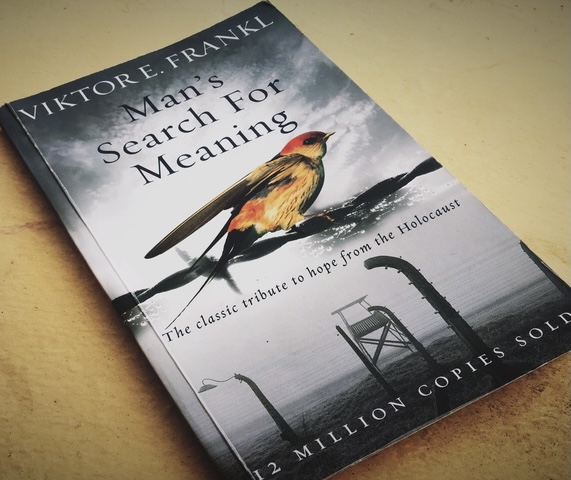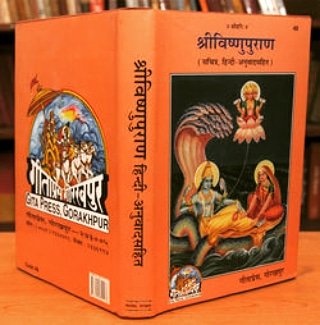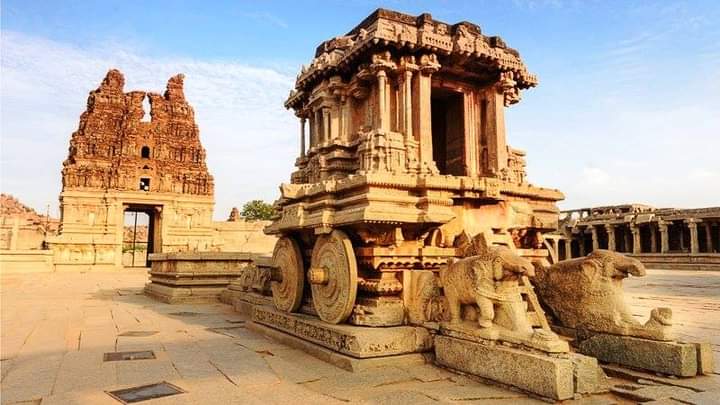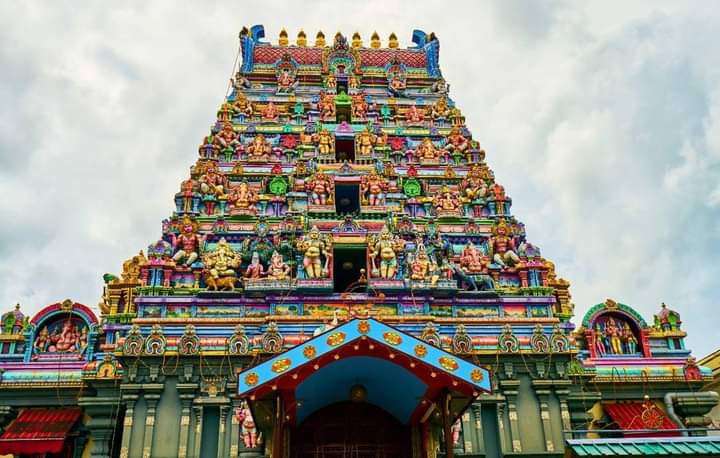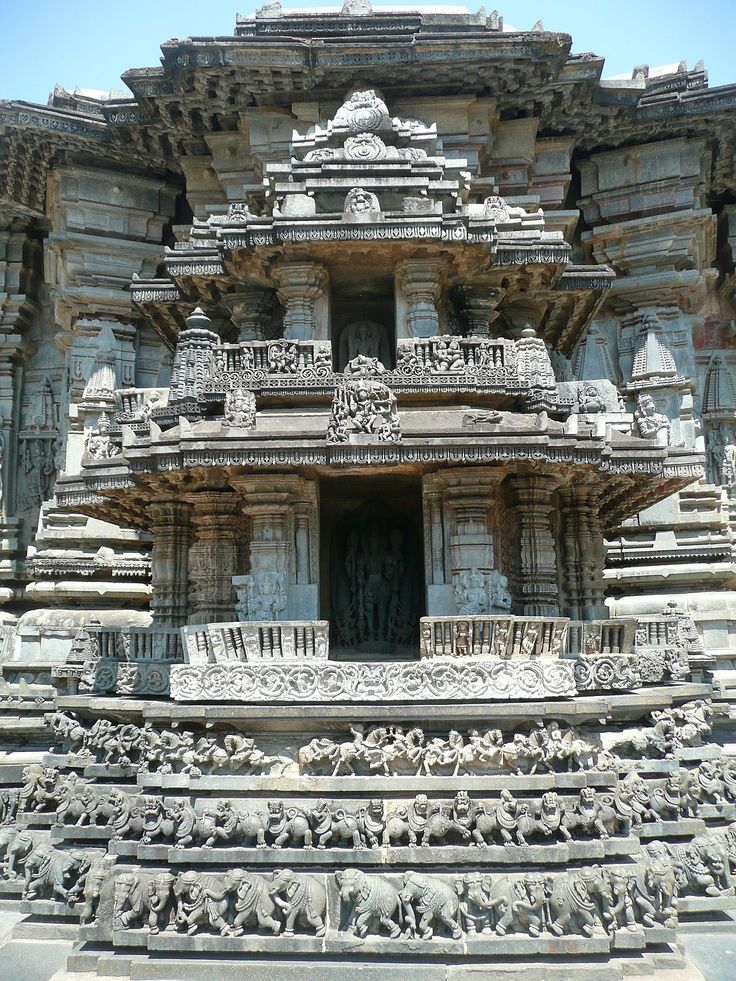👉When we believe in the obstacle more than in the goal, which will inevitably triumph?”
👉No one said it would be easy and, of course, the stakes are high, but the path is there for those ready to take it.”
-to try hard
-to be honest
-to help others and ourselves.
✅That’s all that’s been asked of us. No more and no less.”
👉We decide whether we’ll break or whether we’ll resist.”
👉It’s a renewable resource. Stop looking for an epiphany, and start looking for weak points. Stop looking for angels.”
👉See which lasts longer under the hardest of obstacles.”
✅That’s our primary duty. And our obligation. When action is our priority, vanity falls away.”
- the worst/best decision you’ve ever made?
- the consequences of it?
- all the possible perspective you had?
Go to an upper level of decision making and make you mind to be on auto pilot mode.
Find More:👇👇
https://t.co/WmBpYIZa5z
Don’t forget to FOLLOW (@1DeepNote) and please push the RT button on the very first tweet as a favour for us.✌️
https://t.co/Iutu2U7JdV
12 Best Quotes from the Book \u201cThe Obstacle Is the Way\u201d
— Deep Note (@1DeepNote) January 7, 2022
\u26a1\ufe0fBook Review\u26a1\ufe0f pic.twitter.com/Lxd6EnRnZh
More from Deep Note
More from Books
You May Also Like
A brief analysis and comparison of the CSS for Twitter's PWA vs Twitter's legacy desktop website. The difference is dramatic and I'll touch on some reasons why.
Legacy site *downloads* ~630 KB CSS per theme and writing direction.
6,769 rules
9,252 selectors
16.7k declarations
3,370 unique declarations
44 media queries
36 unique colors
50 unique background colors
46 unique font sizes
39 unique z-indices
https://t.co/qyl4Bt1i5x

PWA *incrementally generates* ~30 KB CSS that handles all themes and writing directions.
735 rules
740 selectors
757 declarations
730 unique declarations
0 media queries
11 unique colors
32 unique background colors
15 unique font sizes
7 unique z-indices
https://t.co/w7oNG5KUkJ

The legacy site's CSS is what happens when hundreds of people directly write CSS over many years. Specificity wars, redundancy, a house of cards that can't be fixed. The result is extremely inefficient and error-prone styling that punishes users and developers.
The PWA's CSS is generated on-demand by a JS framework that manages styles and outputs "atomic CSS". The framework can enforce strict constraints and perform optimisations, which is why the CSS is so much smaller and safer. Style conflicts and unbounded CSS growth are avoided.
Legacy site *downloads* ~630 KB CSS per theme and writing direction.
6,769 rules
9,252 selectors
16.7k declarations
3,370 unique declarations
44 media queries
36 unique colors
50 unique background colors
46 unique font sizes
39 unique z-indices
https://t.co/qyl4Bt1i5x

PWA *incrementally generates* ~30 KB CSS that handles all themes and writing directions.
735 rules
740 selectors
757 declarations
730 unique declarations
0 media queries
11 unique colors
32 unique background colors
15 unique font sizes
7 unique z-indices
https://t.co/w7oNG5KUkJ

The legacy site's CSS is what happens when hundreds of people directly write CSS over many years. Specificity wars, redundancy, a house of cards that can't be fixed. The result is extremely inefficient and error-prone styling that punishes users and developers.
The PWA's CSS is generated on-demand by a JS framework that manages styles and outputs "atomic CSS". The framework can enforce strict constraints and perform optimisations, which is why the CSS is so much smaller and safer. Style conflicts and unbounded CSS growth are avoided.




